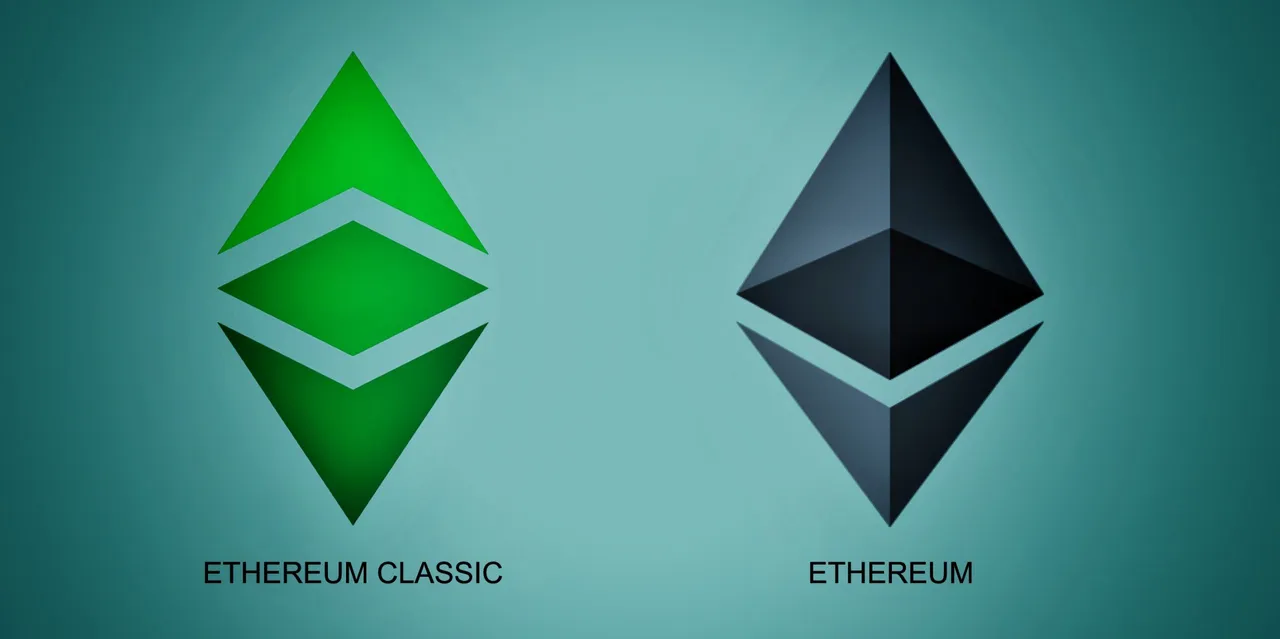Ethereum Classic (ETC) and Ethereum (ETH) are two separate blockchains that originated from a common source but have distinct histories and purposes. The split between the two can be traced back to an event called "The DAO Hard Fork" in 2016. Here's an overview of the reasons for their existence and their capabilities.

The DAO Hack
In 2016, Ethereum, originally conceived as a decentralized platform for smart contracts and decentralized applications (DApps), faced a critical challenge. A popular smart contract, known as 'The DAO,' fell victim to a vulnerability, resulting in the loss of a substantial amount of ether (ETH). In response, the Ethereum community proposed a contentious solution: a hard fork. This hard fork effectively reversed the effects of the hack, returning the stolen funds to the original investors. However, this decision was met with opposition, leading to a schism within the Ethereum community and the emergence of two distinct chains: Ethereum (ETH) and Ethereum Classic (ETC).
Emergence of ETH
The majority of the Ethereum community supported the hard fork, culminating in the establishment of Ethereum (ETH). This branch of the Ethereum ecosystem continued to evolve and flourish as a popular blockchain for smart contracts and DApps. Most of the developers also aligned with Ethereum (ETH), contributing to its success. ETH has since implemented a series of upgrades and enhancements, including the transition from proof of work (PoW) to proof of stake (PoS) for consensus."
Emergence of ETC
Ethereum Classic (ETC) emerged as the blockchain that remained unchanged, sticking to the original principles of immutability and code is law. It did not reverse the effects of The DAO hack and continued with the same blockchain history and smart contracts. Ethereum Classic is maintained by a smaller community of developers and has faced challenges with network security and adoption in comparison to Ethereum.
Ethereum vs. Ethereum Classic
As for capabilities, Ethereum Classic is capable of running smart contracts and DApps, much like Ethereum. However, there are some important differences to consider:
1. Network Security
Ethereum has a larger network with more miners and stakers, making it more secure and resilient against attacks. Ethereum Classic, due to its smaller network, is more vulnerable to 51% attacks.
2. Ecosystem and Development
Ethereum has a more active and well-supported ecosystem with a larger number of developers, projects, and users. This results in more frequent upgrades and innovations.
3. Adoption and Compatibility
Ethereum has greater adoption and support from exchanges, wallets, and other services, making it easier to use and integrate with the wider blockchain ecosystem.
In summary, Ethereum Classic and Ethereum are two separate blockchains with similar capabilities, but Ethereum (ETH) has gained more popularity, development, and security over time. While Ethereum Classic (ETC) continues to exist as a separate blockchain, it faces challenges related to network security and adoption. Whether Ethereum Classic can do everything Ethereum can do depends on the context and requirements, but Ethereum (ETH) is generally the more widely used and trusted platform for smart contracts and DApps.